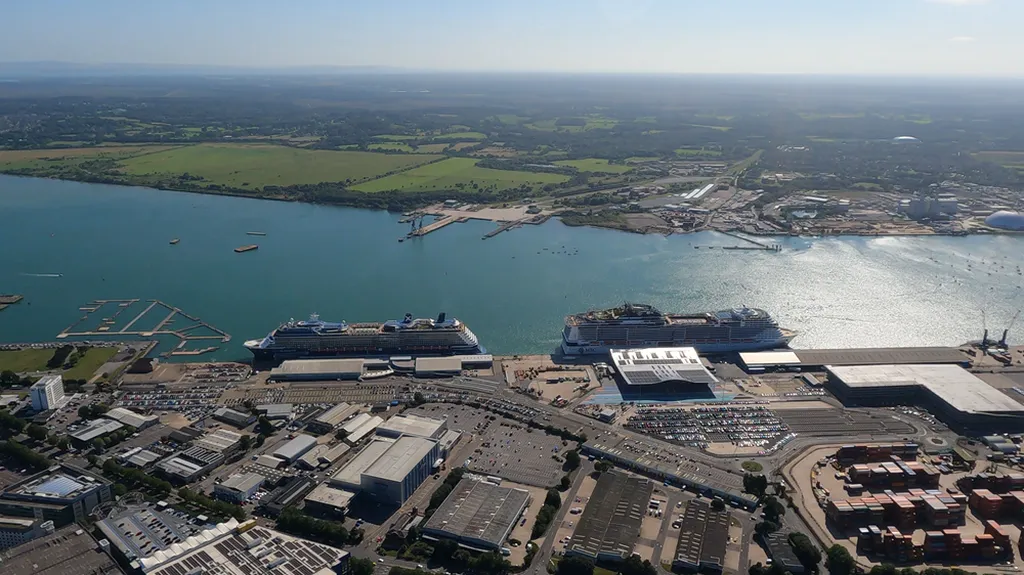Researchers Antoine Thibault Vié, Roberto Galeazzi, and Dimitrios Papagergiou have developed a new communication model for maritime environments, addressing the growing need for reliable connectivity in autonomous and remote-operated vessels.
The team, based at the University of Southampton, has extended the Multi-Cluster Fluctuating Two-Ray (MFTR) fading model to better capture the dynamic nature of maritime communications. Existing models, like Rayleigh and Rician fading, often fall short in accurately describing the complexities of high-speed maritime channels, particularly in coastal areas.
The extended MFTR model incorporates Stochastic Differential Equations (SDEs) to account for time-varying parameters, Doppler shifts, and large-scale fading. These enhancements allow the model to simulate phase shifts, delays, and power loss more accurately, reflecting the physical realities of maritime communication channels.
The researchers tested the model through simulations, demonstrating its improved accuracy in representing the fluctuating conditions of maritime environments. This advancement is crucial for supporting high-bandwidth applications such as real-time monitoring, navigation, and control in autonomous vessels.
The extended MFTR model provides a more robust framework for developing communication systems that can withstand the challenges of maritime operations. This work is a significant step forward in ensuring reliable connectivity for the future of autonomous shipping and remote vessel operations. Read the original research paper here.

